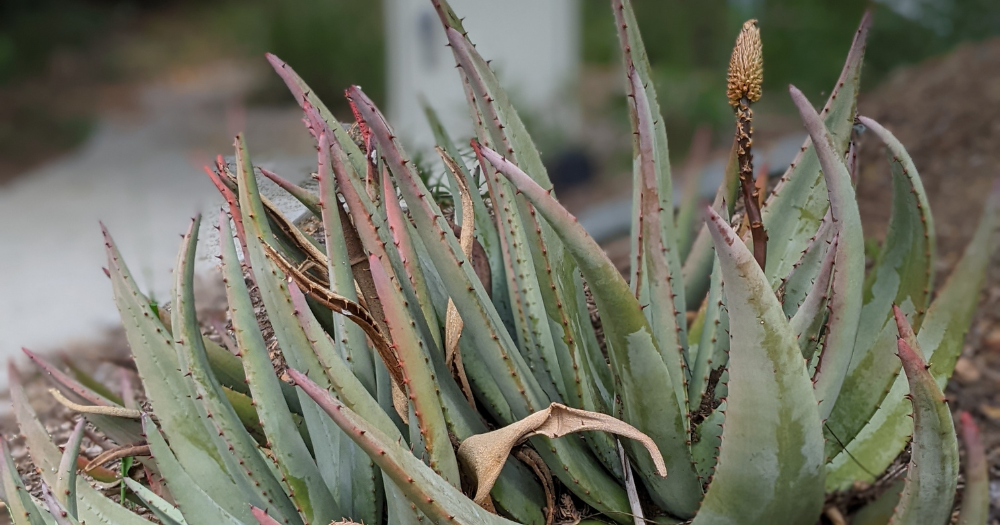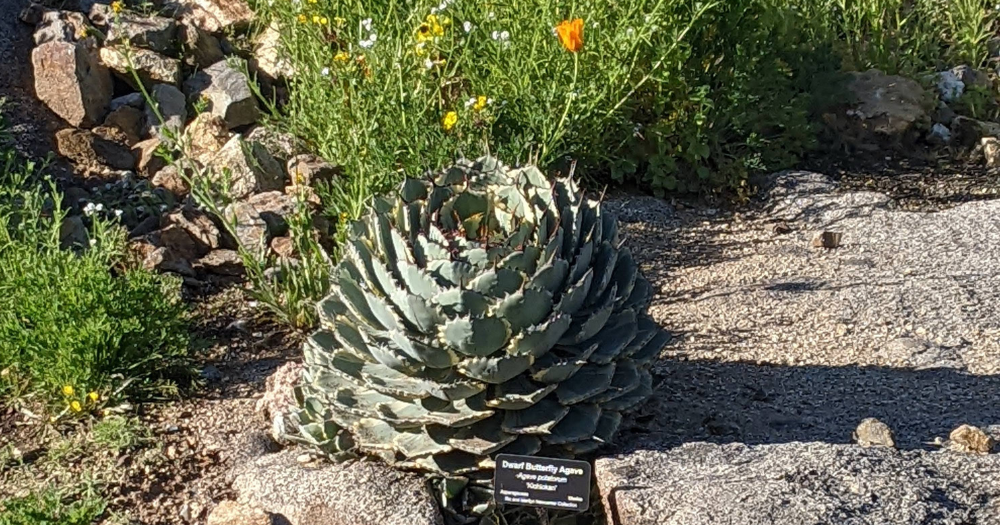Crassulacean acid metabolism, or CAM, is a unique photosynthetic pathway that allows certain plant species to conserve water and adapt to arid or semi-arid environments. CAM involves the accumulation of organic acids, specifically malic acid, in the vacuoles of plant cells during the night, which are then converted into glucose through the process of dark CO2 fixation during the day. This enables CAM plants to tolerate drought and grow with minimal irrigation.

Basically, CAM is a special way plants can make food for themselves. It helps them live in places where there’s not much water, like deserts. These plants store a kind of acid in their cells during the night, and then turn it into food during the day when the sun is out. By doing this, they don’t need as much water to survive and can grow even when it’s very dry outside.

How Crassulacean Acid Metabolism Works
The CAM process has two main stages: the acidification phase and the decarboxylation phase. During the acidification phase, which occurs at night, the plant stores carbon dioxide in the form of organic acids, specifically malic acid, in the vacuoles of its cells. The acidification process is powered by an enzyme called PEP carboxylase, which combines carbon dioxide with PEP (phosphoenolpyruvate) to produce oxaloacetic acid. This acid is then converted into malic acid by the enzyme malate dehydrogenase.
You might also like: Succulent Propagation Timeline
During the decarboxylation phase, which occurs during the day, the stored malic acid is converted back into carbon dioxide and used to make glucose through the process of dark CO2 fixation. This process is driven by an enzyme called phosphoenolpyruvate carboxylase (PEPC). By storing carbon dioxide at night and using it to make food during the day, CAM plants can grow with minimal irrigation and tolerate drought conditions.

The Evolution and Distribution of Crassulacean Acid Metabolism
Crassulacean acid metabolism (CAM) is a fascinating mechanism that allows certain plants to adapt to arid or semi-arid environments by conserving water. CAM has been found in a diverse range of plant families, including the Crassulaceae, Agavaceae, Cactaceae, and Euphorbiaceae. Some well-known examples of CAM plants include cacti, succulents, pineapples, and agaves.
The discovery of CAM can be traced back to the early 20th century when a German botanist named Hans von Loesch observed that certain species of cacti and succulents accumulated large amounts of organic acids in their cells at night. This phenomenon piqued von Loesch’s curiosity, and he began to investigate it further. He discovered that CAM plants have a unique photosynthetic pathway that enables them to make food and save water in a clever way.

The Benefits of Crassulacean Acid Metabolism in Agriculture and Industry
Crassulacean Acid Metabolism plants are really helpful for farming and gardening because they can save water and still grow well. They can also give us more food in places where there’s not a lot of water. This is important because as the climate changes, there may be less water available for growing food.
Besides farming, CAM plants could also be useful for making things like biofuels or medicines. This means they could help us find new ways to make things that are good for the environment and for people’s health. So, CAM plants are really cool because they can help us solve some important problems!

Interesting Facts About Crassulacean Acid Metabolism Plants
- Crassulacean Acid Metabolism plants are some of the most water-efficient plants on earth, as they are able to conserve water by closing their stomata (small pores on the surface of their leaves) during the day to reduce water loss through transpiration.
- CAM plants have a number of structural adaptations that enable them to carry out CAM efficiently, including a thick cuticle on their leaves, a highly vascularized leaf structure, and large vacuoles in their cells.
- Some CAM plants, such as the pineapple, have the ability to switch between CAM and C3 (the typical photosynthetic pathway) depending on environmental conditions.
- The agave plant, which is a CAM plant, is used to make tequila and other alcoholic beverages.

The Importance of Studying Crassulacean Acid Metabolism
Understanding Crassulacean Acid Metabolism is important for a number of reasons. Firstly, CAM is a unique and fascinating example of plant plasticity and adaptive evolution. It allows plants to survive and thrive in environments with low water availability, and it is an important adaptive mechanism that has allowed plants to colonize and diversify in a wide range of environments.
Secondly, CAM has practical applications in agriculture and industry. CAM plants are widely used in dryland and water-limited agriculture due to their ability to tolerate drought and grow with minimal irrigation. They are also highly efficient at utilizing available water resources, making them valuable crops in areas with limited water availability. In addition, Crassulacean Acid Metabolism plants have potential applications in biotechnology and industrial processes, such as the production of biofuels and pharmaceuticals.
Finally, studying Crassulacean Acid Metabolism can help us understand the impacts of climate change on plants and ecosystems. As the climate changes, it is likely that CAM will become more important as a means of adapting to water-limited conditions. Understanding how CAM works and how it is affected by environmental factors can help us predict and mitigate the impacts of climate change on plants and ecosystems.

Future Directions for Crassulacean Acid Metabolism Research
There is still much to be learned about Crassulacean Acid Metabolism, and there are many exciting directions for future research. For example, researchers are working to understand the genetic and biochemical mechanisms underlying CAM, and to identify the genes and pathways involved in this process. This will allow us to better understand how CAM evolved and how it is regulated in different plant species.
In addition, researchers are studying the potential applications of Crassulacean Acid Metabolism in agriculture and industry. For example, researchers are exploring the use of Crassulacean Acid Metabolism plants as bioenergy crops, and are working to understand how to optimize the growth and productivity of CAM plants for this purpose. Other researchers are studying the potential use of CAM plants in phytoremediation (the use of plants to clean up contaminated soil or water) and in the production of value-added products such as pharmaceuticals and natural dyes.

Crassulacean acid metabolism (CAM) is a unique and fascinating photosynthetic pathway that allows certain plant species to conserve water and adapt to arid or semi-arid environments. Understanding CAM is important for a number of reasons, including its role as an adaptive mechanism, its practical applications in agriculture and industry, and its potential impacts on plants and ecosystems in a changing climate. There are many exciting directions for future research on CAM, including the genetic and biochemical mechanisms underlying this process, and the potential applications of CAM in agriculture and industry.

Where to Buy Succulents Online


